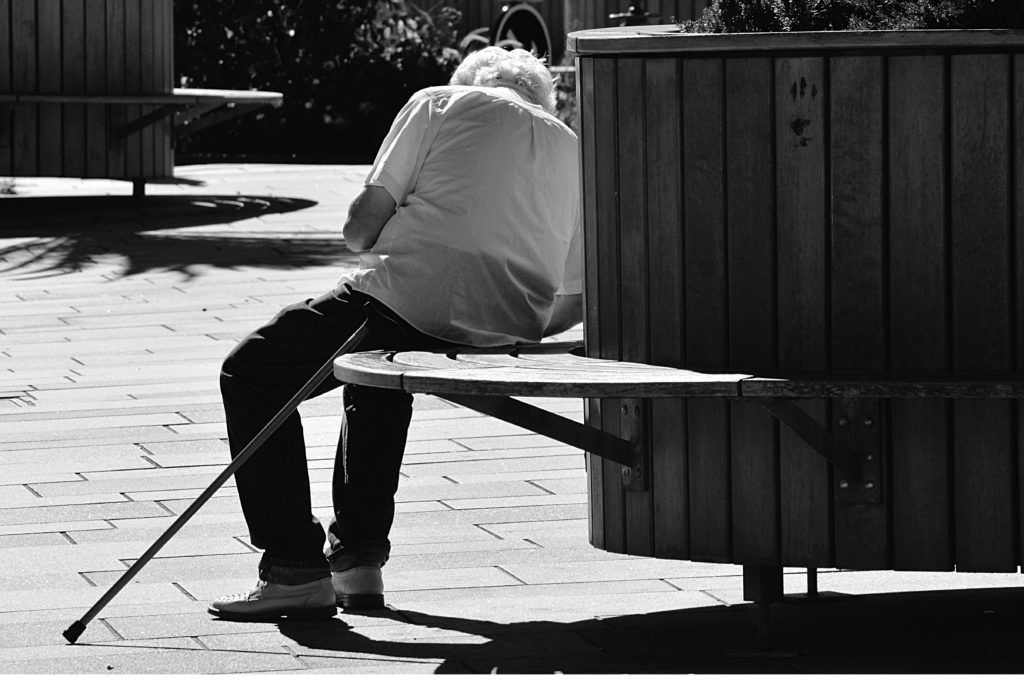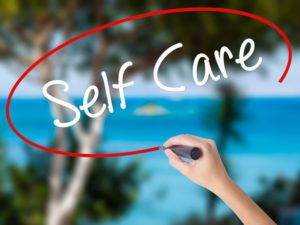You’re going to your high school reunion and want to look fabulous. But your backache seems to have become your new best friend. Every day you look in the mirror, you’re reminded that change is inevitable, and with change comes loss. Too often, aging is characterized by limited mobility, pain, loss of memory, and sickness. Do you know that most of these aging symptoms result from physical inactivity? A lack of exercise is recognized as the primary cause of chronic inflammation in age-related diseases.
Physical Inactivity the Cause of Chronic Inflammation Connected to Most Diseases
Regular exercise helps to keep inflammation at bay. What is inflammation? If you have ever injured your finger and had swelling, redness, and heat, you have experienced inflammation. This visible response is the way the body protects and heals itself. The immune-related cells send chemical messengers called cytokines into the area under attack, including the white blood cells, to begin repair. Similarly, inflammation inside the body occurs in the same manner, but if the healing is delayed and the inflammation continues, then the body’s stress level is heightened, releasing cortisol, the stress hormone, as well. A double dose of cytokines is also increased, but their elevated levels now cause more harm than good. This type of inflammation is quiet and prolonged. By the time you are aware of its presence, it has already done significant damage, manifesting in the form of such chronic diseases as diabetes, heart disease, cancer, and even Alzheimer’s. Yes, even Alzheimer’s. Because of the prolonged presence of inflammation, it is called chronic and low-grade.
The body is designed for movement. When the body does not move as it should, it “maladapts to insufficient physical activity, and if continued, results in substantial decreases in both total and quality years of life,” according to the article “Lack of Exercise is a Major Cause for Chronic Disease”. Approximately 35 conditions and diseases are traced to a sedentary lifestyle:
- Low cardiorespiratory fitness (VO2max)
- Sarcopenia
- Metabolic syndrome
- Obesity
- Insulin resistance
- Prediabetes
 Type 2 diabetes
Type 2 diabetes- Non-alcoholic fatty liver disease
- Coronary heart disease
- Peripheral artery disease
- Hypertension
- Stroke
- Congestive heart failure
- Endothelial dysfunction
- Arterial dyslipidemia
- Hemostasis
- Deep vein thrombosis
- Cognitive dysfunction
- Depression
- Anxiety
- Osteoporosis
- Osteoarthritis
- Balance, bone fracture/falls
- Rheumatoid arthritis
- Colon cancer
- Breast cancer
- Endometrial cancer
- Gestational diabetes
- Preeclampsia
- Polycystic ovary syndrome
- Erectile dysfunction
- Pain
- Diverticulitis
- Constipation
- Gallbladder disease
Related Article: Gut Health and Autoimmune Disease
Chronic sitting is detrimental. It is a risk factor even if you eat right and exercise regularly. A 60-minute workout cannot counteract 10 hours of sitting. Researchers recommend that you should strive to sit for less than three hours. As a result, it is advised that you move every 50 minutes. A life of sedentarism is costly on the body; it is believed to contribute to the development of chronic, low-grade inflammation—the cause of many age-related diseases. The muscles that move the bones and support the skeleton act like an endocrine organ; these muscles influence the metabolism (the process of converting food to energy) and alter the immune system message production in other tissues, including the fat tissues. Fat tissues, especially the fat around the belly, produce pro-inflammatory cytokines (the bad guys) that contribute to chronic inflammation.
How Exercise Helps to Rid the Body of Chronic Inflammation
A combination of cardiovascular and resistance training (low and high intensity) has shown to be most effective in quelling the flames of chronic inflammation and stimulating the muscles to release anti-inflammatory myokines. These chemical messengers help the body to respond to insulin and the use of glucose inside the muscles. They also help to burn off fat tissues, affecting inflammatory cytokines. High levels of cytokines are a sign of inflammation.
In addition, high intensity intermittent training called HIIT is associated with major health improvements in just 2 weeks (three training sessions per week). HIIT training involves intermittent bouts of high intensity training, which help to lower pro-inflammatory cytokines.
Rest and Recovery After Exercise Prevents Chronic Inflammation
Though exercise is important in preventing chronic diseases, you must not become overzealous in training. Overtraining can cause stress on the body, which can lead to inflammation. In fact, exercise causes a certain amount of inflammation known as delayed muscle soreness. This muscle soreness is an indication of small tears in connective and muscle tissues, ligaments, and tendons. The body needs time to heal these tears. If not, the inflammation continues to become chronic. Adequate rest and recovery should be built into every exercise program. Sometimes resting may mean changing the activity. You may want to switch to biking if you do the elliptical often. Resting may mean working out a different muscle while the one previously worked out rests.
Conclusion:
How do you want to age? If you do not want to age with the signs of inflammation, then a physically active lifestyle must be adopted. The fact that chronic disease occurs as a result of inactivity means you do not have to allow this condition to be your outcome. Evidence suggests that you can turn off the chronic disease gene by altering your lifestyle. You can age with independence and grace by developing a lifestyle of physical activity. A blend of aerobic and strength training is most effective in preventing and ridding the body of this problem. Bouts of high-intensity training work well, too. But you must not forget to allow the body time to recuperate. When the body is at rest, it is able to heal itself. Rest and recovery help to provide balance in life. It is natural and good for the body to respond to inflammation and cytokines when it is injured, attacked, or harmed. This is the body’s way of protecting and repairing itself. But you must help your body work for you by providing the movement, exercise, and rest it needs to function, repair, and heal.











